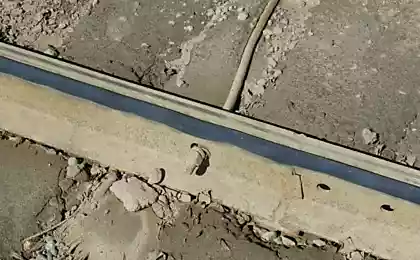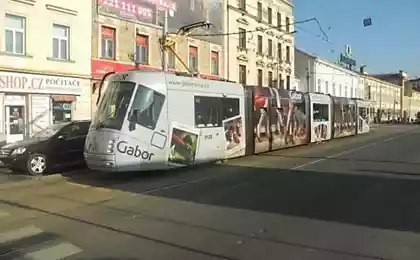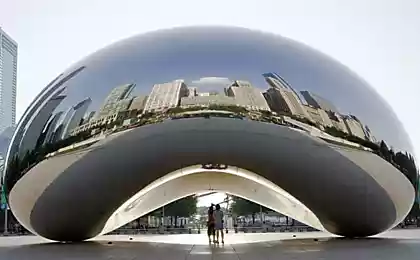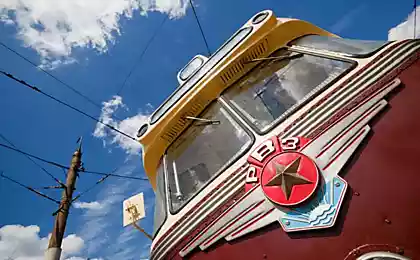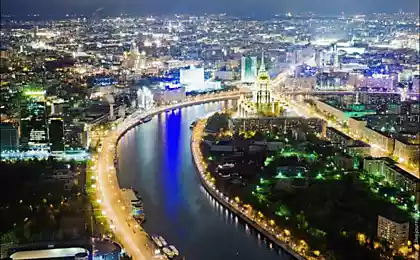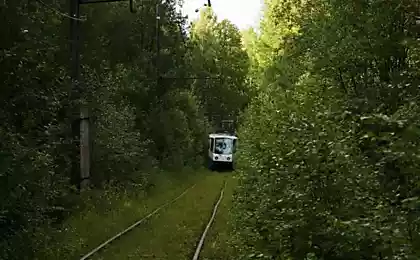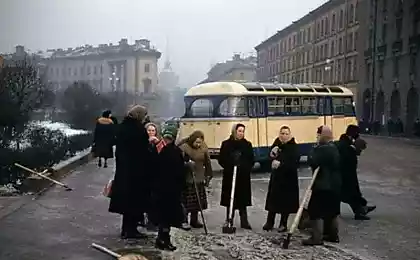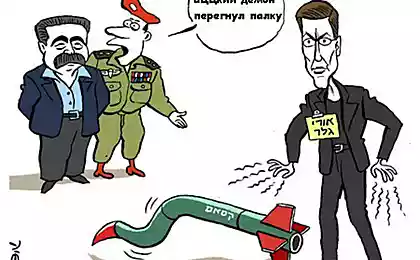1637
The development of the tram system in Moscow (15 pics + 5 videos)
Moscow tram system in 3-5 years when the city honest government.
But wait ahead of ourselves. First, the tram as a whole. And one example.

When we talk about the tram, unfortunately, often lumbering coffin meant that when driving forces to shake the neighboring houses chandeliers. Unfortunately, in Russia the majority of tram systems in 1991 and terribly underfunded gradually rot, rails and wagons does not change, in some places even have a mechanical system with arrows where the driver must get out and scrap its switch. And when we say that such transport can be an alternative to the car, and in general is very important and good, many are surprised. In fact, the tram is not something to which we are accustomed. This tram is more like it:
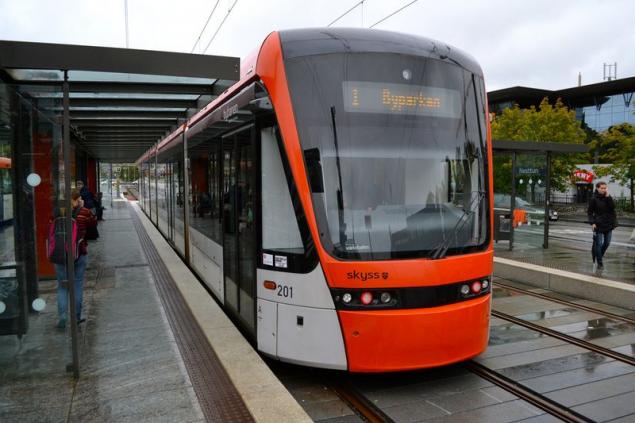
This is a new branch of the tram in the city of Bergen in Norway. One of the masterminds of the project was student Vukan Vuchika Tom Potter, an American who lives in Bergen. For many years he tried to convince the authorities and the population of the need for such a system, the debates were about 10 years. Then he took an active part in the construction of the system and at some point invited to see the teacher. I reported this proznal and asked for the same, in the end three days went after them with a camera and filmed everything
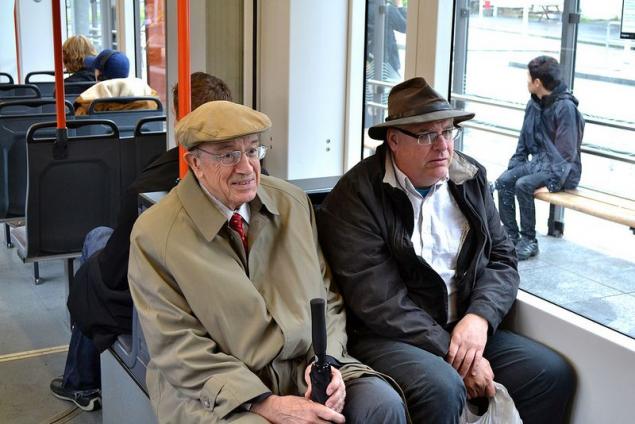
In short - trams quickly, often being caught in traffic jams, do not stop at traffic lights and absolutely silent
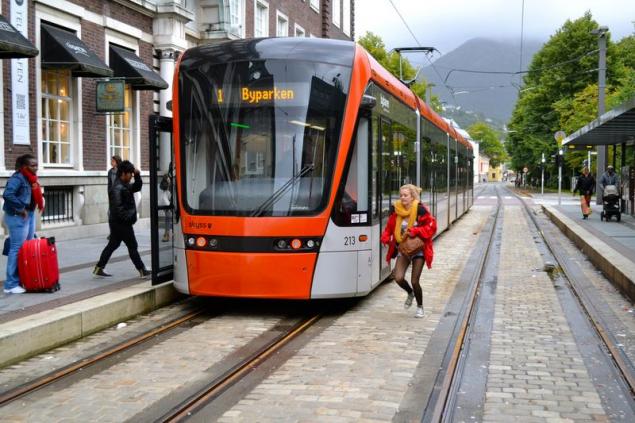
Low-floor trams. Low floor need not only and not so much for the convenience of passengers, how to speed up the embarkation and disembarkation of passengers
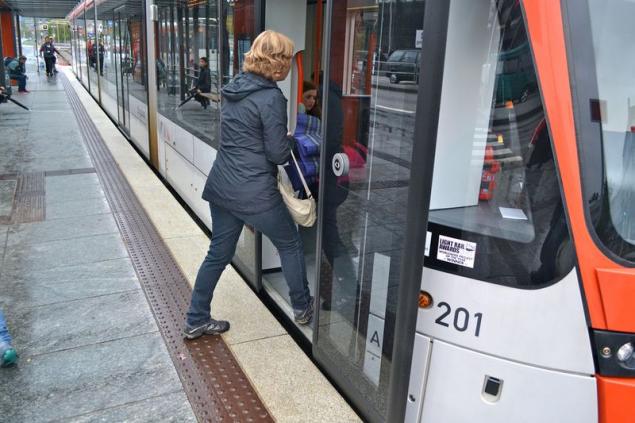
In addition to speed, this design allows the tram and platforms with limited mobility to use it without experiencing virtually no inconvenience. For example, as there is a way out of the tram with a pram:
Platform integrated into the urban environment, as if it's just part of the sidewalk - no steps, changes in levels of turnstiles or stairs - just a smooth small rise
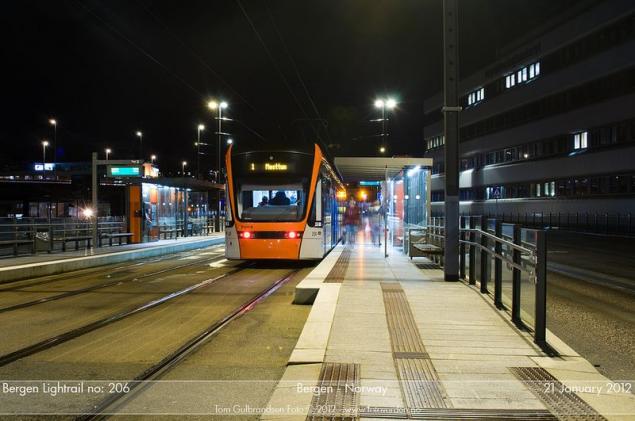
Each part of the system is made with love and attention. For example, when ordering trams specifically asked to do a full glass wall between the passenger and the driver to the passengers, especially children, could stand back and see how the driver drives a tram. For this there are special handrails.
The cabin inside
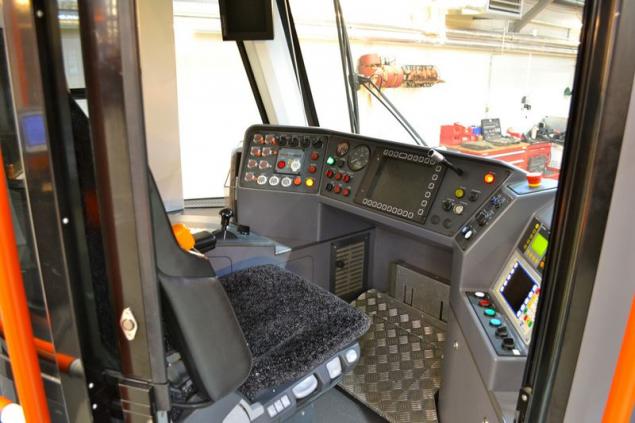
Vuchik said that in Germany, before he gave the depot wagon ride through the chat with the passengers (on systems where he has a right, of course). Then ride did not work, but Tom told in detail how to construct the cabin and how everything in it works
Tickets are sold in vending machines at bus stops.
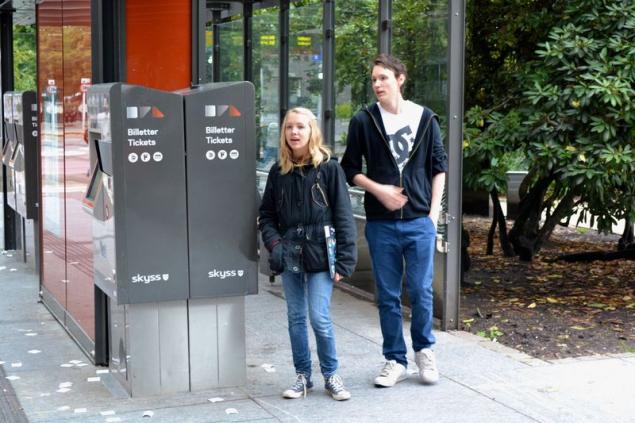
Of course, there are no turnstiles to transport this anywhere else except for Moscow not, but there could be quite easy to make the system of turnstiles at the entrance to the platform - and decided to give it up, but instead a lot of inspectors and heavy fines. The number of birds is about 5% (for comparison, in Mosgortrans turnstiles 15%). The cars are validators, if you do not propped ticket - it is invalid, and you will write a fine. I travel for a short time saw the inspectors twice.
In general, the car looks like:

At the tram full priority while driving on city streets. All traffic lights radioupravlyaemy of the trams when the traffic light is close, the driver presses the button, switching the signal to green. This leads to the fact that the station stops is practically not occur. Here's what it looks like in life:
Such a system with a radio-controlled traffic lights and useful to motorists and passengers - in addition to the priority of transportation, which travels more people it is more and eliminates unnecessary waiting cars at traffic lights when they shine red, and near the tram no.
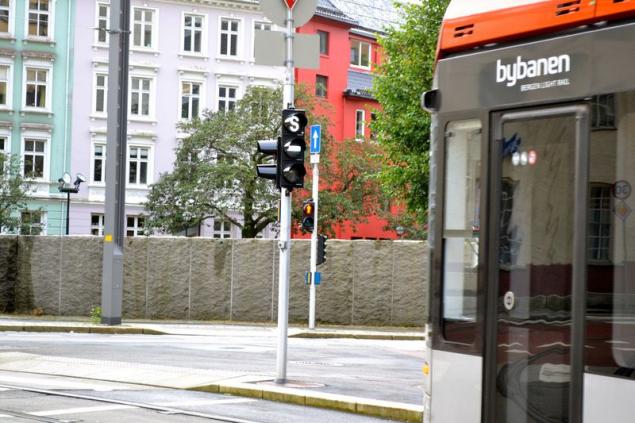
The length of 9, 8 kilometers. The cost is 392 million dollars, it includes the construction, depots and 12 trams (3, 5 million each). It carries about 35 million passengers per day (can carry several times more). It is an expensive system with a large number of tunnels and expensive labor force, they are usually cheaper at about 1, 5 times. For comparison, the cost of building my favorite Halabyan-Baltic tunnel (which nobody wants) is 2, 2 billion, instead in Moscow could be built almost 6 such systems. And do not think that's such a good system because it is based in Norway. Algeria is also very similar in quality system.
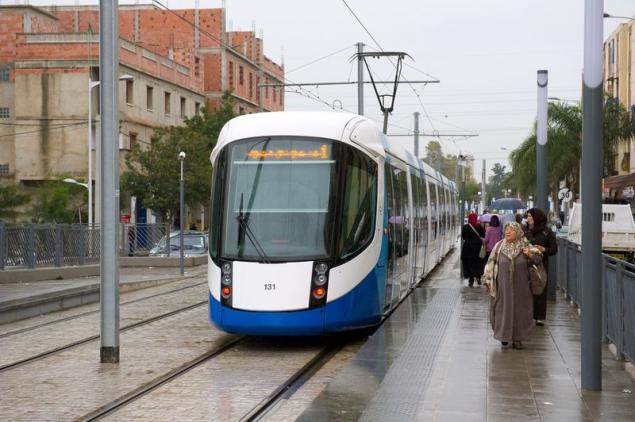
Rabat (Morocco)
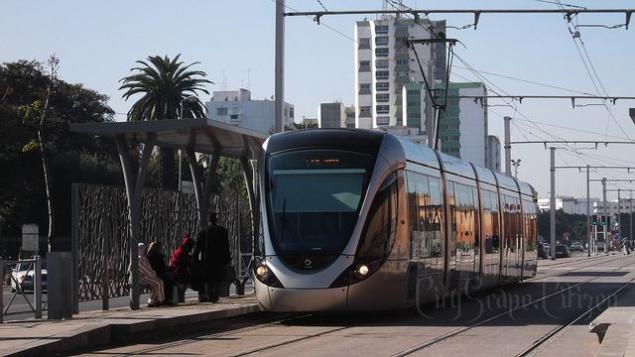
Casablanca (Morocco too)
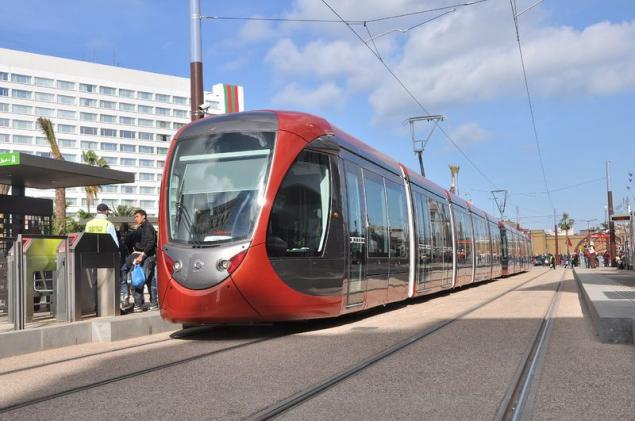
This system builds Nigeria. I'm not to the fact that we believe it is useful to focus on Algeria and Morocco, I mean that all this talk about the mentality that we all Krivorukov and what not to build, is nothing more than an attempt to otmazatsya.
To solve the problem of congestion is only one way - to make sure that the machines will ride through the streets of fewer people. To them there was less need to provide them an alternative, and one subway is not enough. One such system is the tram can carry up to 9, 000 people per hour, this is equivalent to an eight-highway (maybe more, up to 22, 000, when the trams make longer and more often). If the Moscow authorities are really going to solve the problem of traffic jams, they sent the money not to the absurd construction of tunnels and multi-level interchanges, moving the congestion on the city map, and to develop public transport. In fact, to develop, not only in words.
If we take 60% of the budget provided for the next three years to build roads, to cancel hellishly expensive projects like the construction of chords, expanding vyletnyh highways and reconstruction of the Lenin and use the money for the construction of the tram system here, it is quite fast, in 3-5 years You can build something like this:

* shows just out of money would be enough for a complete reconstruction of the existing network and 300 kilometers of new. Tracing, of course, need to clarify, the picture is laid out just for clarity, size of building.
It is to such systems as described above. For the construction of these systems, of course, we need foreign experts (we in fact is never built, and the experience is not), but they are easy to find - I know of at least three. Considering the pace of construction of such systems in France and Spain (where scores are being built almost all more or less large cities), it is clear that the experts can be found. And the money too.
When it's all be built, and in parallel to increase the fee for use of the car park will be chargeable and expensive, built many new subway (the budget for the metro we did not touch), in Moscow will be less traffic jams and, most importantly, anyone will be able to have a choice not between a crush on the subway and many hours of sitting in traffic jams, and between the road trip by car on a relatively free way with the assurance that a suitable parking space to be found quickly, and the ride here in such transport, as described above me.
Once again, in order to implement it, we have everything - money and opportunity. What is missing is the political will. Will focus is currently on the enrichment of builders appointed by the Mayor and the Moscow City Duma ridiculous engaged not in order to solve the problem of traffic jams, but in order to take the work of construction complex.
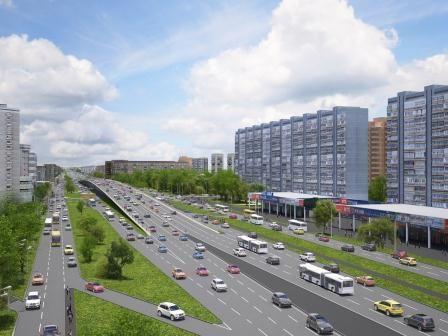
In general, the more will fight
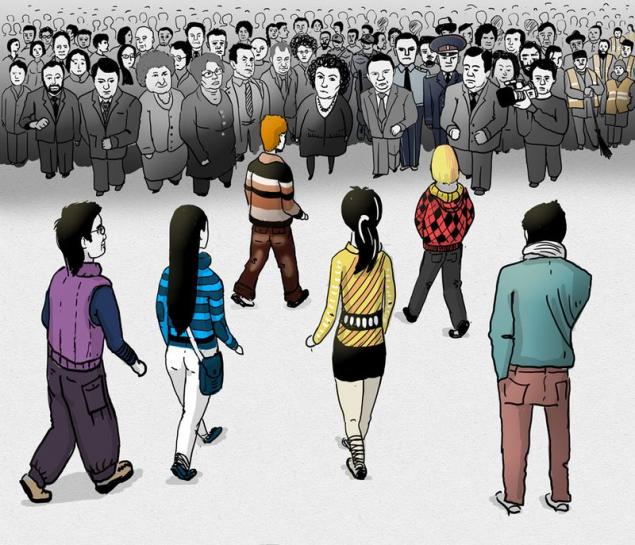
Source: maxkatz.livejournal.com
But wait ahead of ourselves. First, the tram as a whole. And one example.

When we talk about the tram, unfortunately, often lumbering coffin meant that when driving forces to shake the neighboring houses chandeliers. Unfortunately, in Russia the majority of tram systems in 1991 and terribly underfunded gradually rot, rails and wagons does not change, in some places even have a mechanical system with arrows where the driver must get out and scrap its switch. And when we say that such transport can be an alternative to the car, and in general is very important and good, many are surprised. In fact, the tram is not something to which we are accustomed. This tram is more like it:

This is a new branch of the tram in the city of Bergen in Norway. One of the masterminds of the project was student Vukan Vuchika Tom Potter, an American who lives in Bergen. For many years he tried to convince the authorities and the population of the need for such a system, the debates were about 10 years. Then he took an active part in the construction of the system and at some point invited to see the teacher. I reported this proznal and asked for the same, in the end three days went after them with a camera and filmed everything

In short - trams quickly, often being caught in traffic jams, do not stop at traffic lights and absolutely silent

Low-floor trams. Low floor need not only and not so much for the convenience of passengers, how to speed up the embarkation and disembarkation of passengers

In addition to speed, this design allows the tram and platforms with limited mobility to use it without experiencing virtually no inconvenience. For example, as there is a way out of the tram with a pram:
Platform integrated into the urban environment, as if it's just part of the sidewalk - no steps, changes in levels of turnstiles or stairs - just a smooth small rise

Each part of the system is made with love and attention. For example, when ordering trams specifically asked to do a full glass wall between the passenger and the driver to the passengers, especially children, could stand back and see how the driver drives a tram. For this there are special handrails.
The cabin inside

Vuchik said that in Germany, before he gave the depot wagon ride through the chat with the passengers (on systems where he has a right, of course). Then ride did not work, but Tom told in detail how to construct the cabin and how everything in it works
Tickets are sold in vending machines at bus stops.

Of course, there are no turnstiles to transport this anywhere else except for Moscow not, but there could be quite easy to make the system of turnstiles at the entrance to the platform - and decided to give it up, but instead a lot of inspectors and heavy fines. The number of birds is about 5% (for comparison, in Mosgortrans turnstiles 15%). The cars are validators, if you do not propped ticket - it is invalid, and you will write a fine. I travel for a short time saw the inspectors twice.
In general, the car looks like:

At the tram full priority while driving on city streets. All traffic lights radioupravlyaemy of the trams when the traffic light is close, the driver presses the button, switching the signal to green. This leads to the fact that the station stops is practically not occur. Here's what it looks like in life:
Such a system with a radio-controlled traffic lights and useful to motorists and passengers - in addition to the priority of transportation, which travels more people it is more and eliminates unnecessary waiting cars at traffic lights when they shine red, and near the tram no.

The length of 9, 8 kilometers. The cost is 392 million dollars, it includes the construction, depots and 12 trams (3, 5 million each). It carries about 35 million passengers per day (can carry several times more). It is an expensive system with a large number of tunnels and expensive labor force, they are usually cheaper at about 1, 5 times. For comparison, the cost of building my favorite Halabyan-Baltic tunnel (which nobody wants) is 2, 2 billion, instead in Moscow could be built almost 6 such systems. And do not think that's such a good system because it is based in Norway. Algeria is also very similar in quality system.

Rabat (Morocco)

Casablanca (Morocco too)

This system builds Nigeria. I'm not to the fact that we believe it is useful to focus on Algeria and Morocco, I mean that all this talk about the mentality that we all Krivorukov and what not to build, is nothing more than an attempt to otmazatsya.
To solve the problem of congestion is only one way - to make sure that the machines will ride through the streets of fewer people. To them there was less need to provide them an alternative, and one subway is not enough. One such system is the tram can carry up to 9, 000 people per hour, this is equivalent to an eight-highway (maybe more, up to 22, 000, when the trams make longer and more often). If the Moscow authorities are really going to solve the problem of traffic jams, they sent the money not to the absurd construction of tunnels and multi-level interchanges, moving the congestion on the city map, and to develop public transport. In fact, to develop, not only in words.
If we take 60% of the budget provided for the next three years to build roads, to cancel hellishly expensive projects like the construction of chords, expanding vyletnyh highways and reconstruction of the Lenin and use the money for the construction of the tram system here, it is quite fast, in 3-5 years You can build something like this:

* shows just out of money would be enough for a complete reconstruction of the existing network and 300 kilometers of new. Tracing, of course, need to clarify, the picture is laid out just for clarity, size of building.
It is to such systems as described above. For the construction of these systems, of course, we need foreign experts (we in fact is never built, and the experience is not), but they are easy to find - I know of at least three. Considering the pace of construction of such systems in France and Spain (where scores are being built almost all more or less large cities), it is clear that the experts can be found. And the money too.
When it's all be built, and in parallel to increase the fee for use of the car park will be chargeable and expensive, built many new subway (the budget for the metro we did not touch), in Moscow will be less traffic jams and, most importantly, anyone will be able to have a choice not between a crush on the subway and many hours of sitting in traffic jams, and between the road trip by car on a relatively free way with the assurance that a suitable parking space to be found quickly, and the ride here in such transport, as described above me.
Once again, in order to implement it, we have everything - money and opportunity. What is missing is the political will. Will focus is currently on the enrichment of builders appointed by the Mayor and the Moscow City Duma ridiculous engaged not in order to solve the problem of traffic jams, but in order to take the work of construction complex.

In general, the more will fight

Source: maxkatz.livejournal.com
